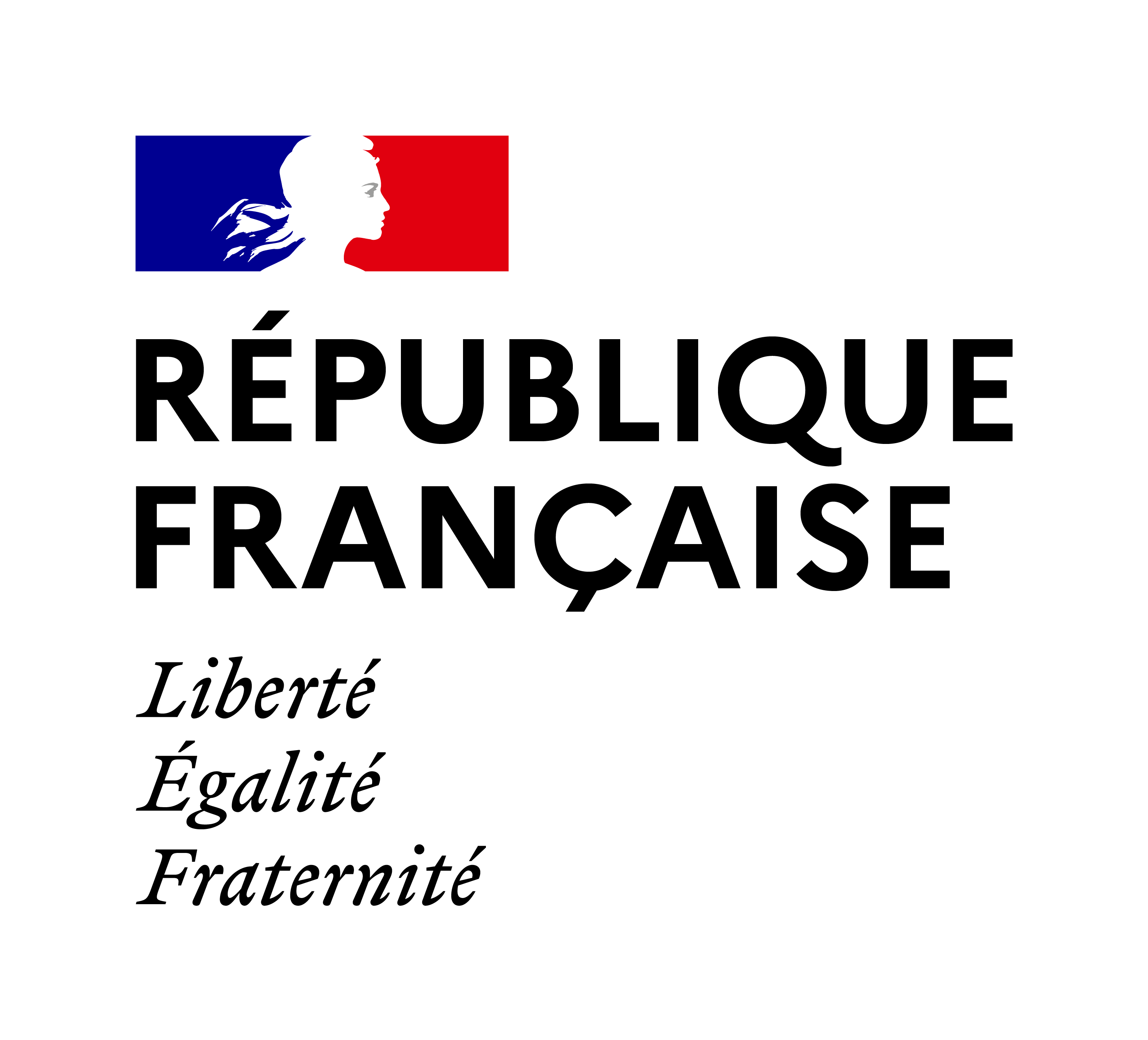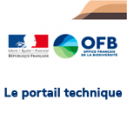Assessment of the CARI'MAM interreg project

The interreg funding of the CARI'MAM project ended on 30 November. Assessment and prospects after more than 3 years of work.
Launched in 2018, this project aimed to strengthen and animate a network of actors involved in the conservation of marine mammals in the Caribbean, but also to enable them to implement concrete actions. The Caribbean is very heterogeneous in terms of regulations and resources, so it was necessary to bring together the actors involved in the conservation of these emblematic animals.
Led by the Agoa Sanctuary with the support of the Regional Activity Centre of the SPAW protocol, the Nature Reserve of Saint Martin and the National Nature Reserve of Grand-Connétable Island, this project has just ended. In three and a half years, the network has brought together some sixty structures from all over the Caribbean and beyond.
Besides being the lead partner, the Agoa Sanctuary took part in the success of the project through several actions carried out by itself, such as the setting up of a network of twenty hydrophones throughout the Caribbean, the organisation of new cetacean observation campaigns at sea which took place in April and October 2021, the organisation of several training sessions for the members of the network in order to strengthen individual skills, and the creation of awareness and communication tools.
Focus on some educational tools
Educational tools have also been created or commissioned by the Agoa Sanctuary within the CARI'MAM project. They are available free of charge under a CC BY-NC-SA 4.0 license:
- tutorials designed by the association Mon école ma baleine for teachers, animators and managers, but also for those who wish to inform and educate young people aged 6 to 15 about cetaceans in the Greater Caribbean. The videos are available on the CARI'MAM Youtube channel.
- Naturalist illustrations of 37 marine mammals observed in the Greater Caribbean Region available here, as well as 2 models of brochures for managers.
- 10 3D models of marine mammals available here. These can be viewed on the Sketchfab website, used for printing with a 3D printer, and will soon be viewable in augmented reality on an application that will be made available by the French Biodiversity Office on the store.
What prospects?
The Agoa Sanctuary has been involved in international cooperation since the beginning, as it is part of its DNA. Thanks to the CARI'MAM project, it has been able to give concrete expression to exchanges that had long remained theoretical, through the organisation of numerous meetings or the exchange of scientific equipment, for example.
These exchanges will continue and the acoustic monitoring launched during the project on a regional scale, for example, is set to continue at least until 2022 in several territories (Dutch and French Antilles, Dominican Republic, Bermuda, etc.).
The Sanctuary is also actively involved in setting up a new project for very large-scale data acquisition, in particular with the Dutch islands.
It also supports the perpetuation of the official network being prefigured by the SPAW RAC, by making part of its time and budget available, if necessary, until it is made official.




